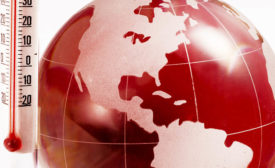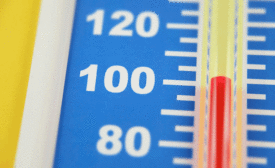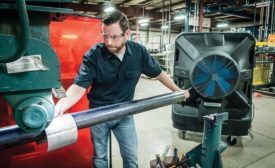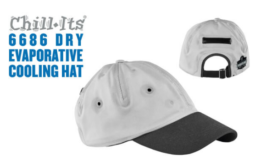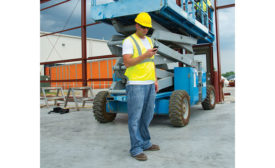Home » heat stress
Articles Tagged with ''heat stress''
Heat Index: When humidity makes it feel hotter
NIOSH OSHA app can help protect workers from heat
June 8, 2017
Get our new eMagazine delivered to your inbox every month.
Stay in the know on the latest safety trends.
SUBSCRIBE TODAYCopyright ©2024. All Rights Reserved BNP Media.
Design, CMS, Hosting & Web Development :: ePublishing

